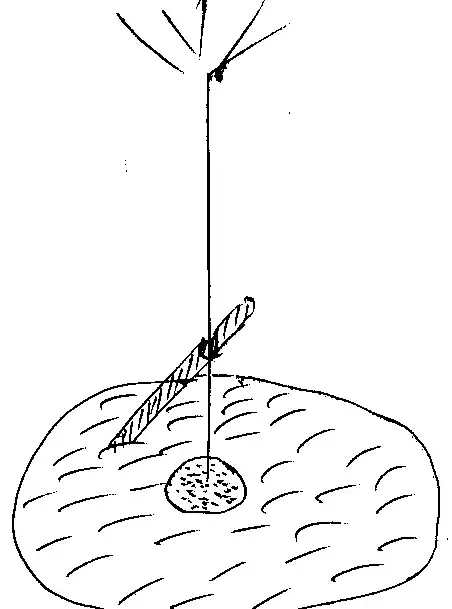My opinion, based on decades of observation, experience and botany is only stake a tree if it was bare-root, purchased root-bound with a huge canopy or if you are trying to stand up a mature tree that was blown over and the roots were compromised.
Trees that aren't staked develop better root systems including roots for support and a stronger, thicker trunk.
I always try to plant trees in the fall after they've lost their leaves. Wind is only going to strengthen leafless trees. Balled and burlapped trees have such heavy root systems that are purposely grown in clay. If you've never tested the weight of these trees, try it. You'll feel a lot more confident leaving the stakes off.
Of course, if the tree is huge, out of proportion with its root ball, has a full canopy, is being moved from one location to another then you will need to stake it.
The difference between an unstaked tree and even those done loosely or low and allowed some movement...IS HUGE. The unstaked trees are easily 1/3 to 1/2 larger than the staked trees. I have never had a tree blown over, broken or weirdly bent. Never. I've planted thousands of trees and have been able to follow their growth over decades. Honest Injun! grin!!
People stake baby trees without thinking things through. These whips are planted, staked and left for a year or two (if they are lucky) and of course these trees without a root system and trunk (developed by the movement of the tree) go over, usually breaking where the stake was tied to the tree. If stakes are removed they should be done during the winter (if deciduous) so all winter long the tree will be able to beef up its root system and trunk thickness.
